-
1 EXECUTIVE SUMMARY
-
Market Attractiveness Analysis
- Global Kefir Market, by Type
- Global Kefir Market, by Distribution Channel
- Global Kefir Market, by Region
-
MARKET INTRODUCTION
-
Definition
-
Scope of the Study
-
Market Structure
-
Key Buying Criteria
-
Macro Factor Indicator Analysis
-
RESEARCH METHODOLOGY
-
Research Distribution Channel
-
Primary Research
-
Secondary Research
-
Market Size Estimation
-
Forecast Model
-
List of Assumptions
-
MARKET DYNAMICS
-
Introduction
-
Drivers
-
Restraints
-
Opportunities
-
Challenges
-
MARKET FACTOR ANALYSIS
-
Value Chain Analysis
-
Supply Chain Analysis
-
Porter’s Five Forces Model
- Bargaining Power of Suppliers
- Bargaining Power of Buyers
- Threat of New Entrants
- Threat of Substitutes
- Intensity of Rivalry
-
GLOBAL KEFIR MARKET, BY TYPE
-
Introduction
-
Water Kefir
- Water Kefir: Market Estimates & Forecast by Region/Country, 2023–2032
-
Milk Kefir
- Milk Kefir: Market Estimates & Forecast by Region/Country, 2023–2032
-
GLOBAL KEFIR MARKET, BY DISTRIBUTION CHANNEL
-
Introduction
-
Store Based
- Supermarkets & Hypermarkets
- Convenience Stores
- Others
-
Non-Store Based
- Non-Store Based: Market Estimates & Forecast by Region/Country, 2023–2032
-
GLOBAL KEFIR MARKET, BY REGION
-
Introduction
-
North America
- Market Estimates & Forecast by Type, 2023–2032
- Market Estimates & Forecast by Distribution Channel, 2023–2032
- Market Estimates & Forecast by Country, 2023–2032
- US
- Canada
- Mexico
-
Europe
- Market Estimates & Forecast by Type, 2023–2032
- Market Estimates & Forecast by Distribution Channel, 2023–2032
- Market Estimates & Forecast by Country, 2023–2032
- Germany
- UK
- France
- Spain
- Italy
- Rest of Europe
-
Asia-Pacific
- Market Estimates & Forecast by Type, 2023–2032
- Market Estimates & Forecast by Distribution Channel, 2023–2032
- Market Estimates & Forecast by Country, 2023–2032
- China
- Japan
- India
- Australia & New Zealand
- Rest of Asia-Pacific
-
Rest of the World
- Market Estimates & Forecast by Type, 2023–2032
- Market Estimates & Forecast by Distribution Channel, 2023–2032
- Market Estimates & Forecast by Region, 2023–2032
- South America
- Middle East
- Africa
-
COMPETITIVE LANDSCAPE
-
Introduction
-
Competitive Benchmarking
-
Development Share Analysis
-
Key Developments & Growth Strategies
-
COMPANY PROFILES
-
Lifeway Foods, Inc.
- Company Overview
- Financial Overview
- Products Offered
- Key Developments
- SWOT Analysis
- Key Strategies
-
Hain Celestial
- Company Overview
- Financial Overview
- Products Offered
- Key Developments
- SWOT Analysis
- Key Strategies
-
Nestlé S.A.
- Company Overview
- Financial Overview
- Products Offered
- Key Developments
- SWOT Analysis
- Key Strategies
-
Danone
- Company Overview
- Financial Overview
- Products Offered
- Key Developments
- SWOT Analysis
- Key Strategies
-
Fresh Made Dairy
- Company Overview
- Financial Overview
- Products Offered
- Key Developments
- SWOT Analysis
- Key Strategies
-
Green Valley Creamery
- Company Overview
- Financial Overview
- Products Offered
- Key Developments
- SWOT Analysis
- Key Strategies
-
Maple Hill Creamery, LLC.
- Company Overview
- Financial Overview
- Products Offered
- Key Developments
- SWOT Analysis
- Key Strategies
-
Redwood Hill Farm & Creamery
- Company Overview
- Financial Overview
- Products Offered
- Key Developments
- SWOT Analysis
- Key Strategies
-
DuPont
- Company Overview
- Financial Overview
- Products Offered
- Key Developments
- SWOT Analysis
- Key Strategies
-
Libert
- Company Overview
- Financial Overview
- Products Offered
- Key Developments
- SWOT Analysis
- Key Strategies
-
Nourish Kefir
- Company Overview
- Financial Overview
- Products Offered
- Key Developments
- SWOT Analysis
- Key Strategies
-
OSM Krasnystaw
- Company Overview
- Financial Overview
- Products Offered
- Key Developments
- SWOT Analysis
- Key Strategies
-
Best of Farms
- Company Overview
- Financial Overview
- Products Offered
- Key Developments
- SWOT Analysis
- Key Strategies
-
Babushka Kefir
- Company Overview
- Financial Overview
- Products Offered
- Key Developments
- SWOT Analysis
- Key Strategies
-
Best of Farms
- Company Overview
- Financial Overview
- Products Offered
- Key Developments
- SWOT Analysis
- Key Strategies
-
APPENDIX
-
General Sources & References
-
List of Abbreviation
-
-
LIST OF TABLES
-
Global Kefir Market, by Region, 2023–2032 (USD Million)
-
Global Kefir Market, by Type, 2023–2032 (USD Million)
-
Global Kefir Market, by Distribution Channel, 2023–2032 (USD Million)
-
North America: Kefir Market, by Country, 2023–2032 (USD Million)
-
North America: Kefir Market, by Type, 2023–2032 (USD Million)
-
North America: Kefir Market, by Distribution Channel, 2023–2032 (USD Million)
-
US: Kefir Market, by Type, 2023–2032 (USD Million)
-
US: Kefir Market, by Distribution Channel, 2023–2032 (USD Million)
-
Canada: Kefir Market, by Type, 2023–2032 (USD Million)
-
Canada: Kefir Market, by Distribution Channel, 2023–2032 (USD Million)
-
Mexico: Kefir Market, by Type, 2023–2032 (USD Million)
-
Mexico: Kefir Market, by Distribution Channel, 2023–2032 (USD Million)
-
Europe: Kefir Market, by Country, 2023–2032 (USD Million)
-
Europe: Kefir Market, by Type, 2023–2032 (USD Million)
-
Europe: Kefir Market, by Distribution Channel, 2023–2032 (USD Million)
-
Germany: Kefir Market, by Type, 2023–2032 (USD Million)
-
Germany: Kefir Market, by Distribution Channel, 2023–2032 (USD Million)
-
France: Kefir Market, by Type, 2023–2032 (USD Million)
-
France: Kefir Market, by Distribution Channel, 2023–2032 (USD Million)
-
Italy: Kefir Market, by Type, 2023–2032 (USD Million)
-
Italy: Kefir Market, by Distribution Channel, 2023–2032 (USD Million)
-
Spain: Kefir Market, by Type, 2023–2032 (USD Million)
-
Spain: Kefir Market, by Distribution Channel, 2023–2032 (USD Million)
-
UK: Kefir Market, by Type, 2023–2032 (USD Million)
-
UK: Kefir Market, by Distribution Channel, 2023–2032 (USD Million)
-
Rest of Europe: Kefir Market, by Type, 2023–2032 (USD Million)
-
Rest of Europe: Kefir Market, by Distribution Channel, 2023–2032 (USD Million)
-
Asia-Pacific: Kefir Market, by Country, 2023–2032 (USD Million)
-
Asia-Pacific: Kefir Market, by Type, 2023–2032 (USD Million)
-
Asia-Pacific: Kefir Market, by Distribution Channel, 2023–2032 (USD Million)
-
China: Kefir Market, by Type, 2023–2032 (USD Million)
-
China: Kefir Market, by Distribution Channel, 2023–2032 (USD Million)
-
India: Kefir Market, by Type, 2023–2032 (USD Million)
-
India: Kefir Market, by Distribution Channel, 2023–2032 (USD Million)
-
Japan: Kefir Market, by Type, 2023–2032 (USD Million)
-
Japan: Kefir Market, by Distribution Channel, 2023–2032 (USD Million)
-
Australia & New Zealand: Kefir Market, by Type, 2023–2032 (USD Million)
-
Australia & New Zealand: Kefir Market, by Distribution Channel, 2023–2032 (USD Million)
-
Rest of Asia-Pacific: Kefir Market, by Type, 2023–2032 (USD Million)
-
Rest of Asia-Pacific: Kefir Market, by Distribution Channel, 2023–2032 (USD Million)
-
Rest of the World (RoW): Kefir Market, by Country, 2023–2032 (USD Million)
-
Rest of the World (RoW): Kefir Market, by Type, 2023–2032 (USD Million)
-
Rest of the World (RoW): Kefir Market, by Distribution Channel, 2023–2032 (USD Million)
-
South America: Kefir Market, by Type, 2023–2032 (USD Million)
-
South America: Kefir Market, by Distribution Channel, 2023–2032 (USD Million)
-
Middle East: Kefir Market, by Type, 2023–2032 (USD Million)
-
Middle East: Kefir Market, by Distribution Channel, 2023–2032 (USD Million)
-
Africa: Kefir Market, by Type, 2023–2032 (USD Million)
-
Africa: Kefir Market, by Distribution Channel, 2023–2032 (USD Million)
-
LIST OF FIGURES
-
Global Kefir Market Segmentation
-
Forecast Research Methodology
-
Five Forces Analysis of the Global Kefir Market
-
Value Chain of the Global Kefir Market
-
Share of the Global Kefir Market in 2023, by Country (%)
-
Global Kefir Market, by Region, 2023–2032,
-
Global Kefir Market Size, by Type, 2023
-
Share of the Global Kefir Market, by Type, 2023–2032 (%)
-
Global Kefir Market Size, by Distribution Channel, 2023
-
Share of the Global Kefir Market, by Distribution Channel, 2023–2032 (%)

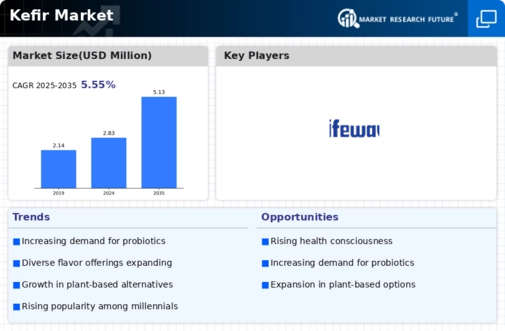
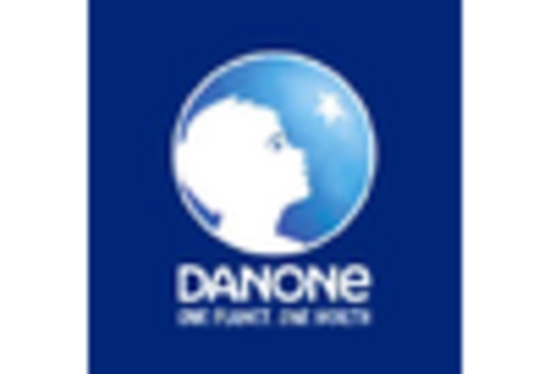
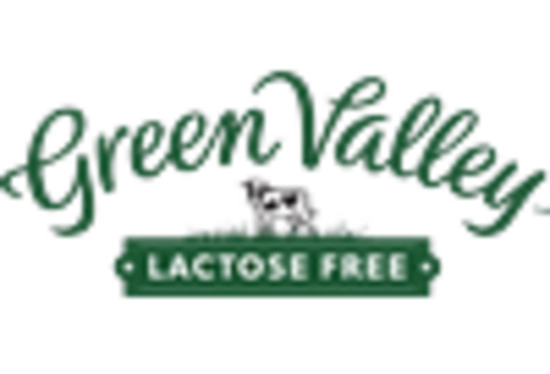

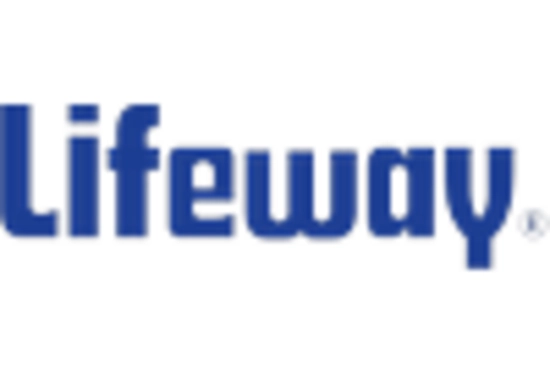

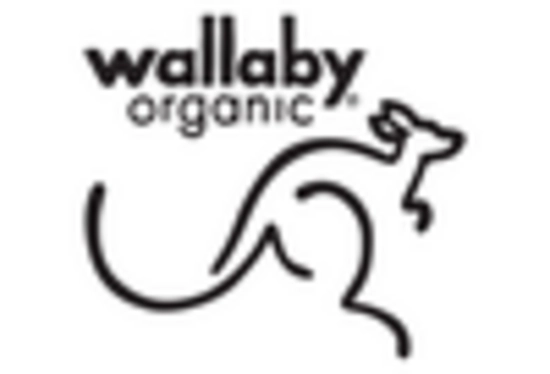

Leave a Comment